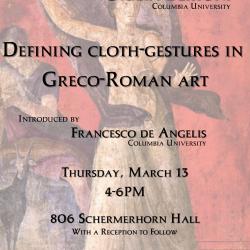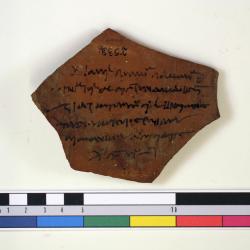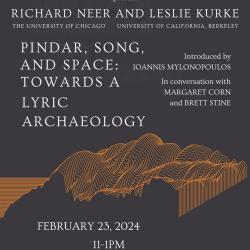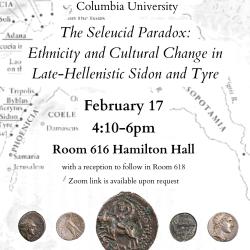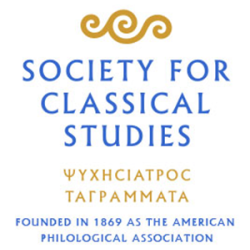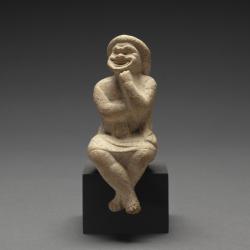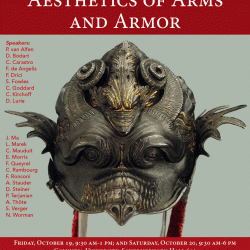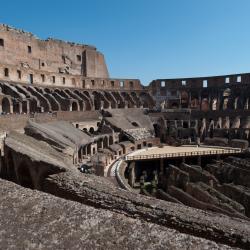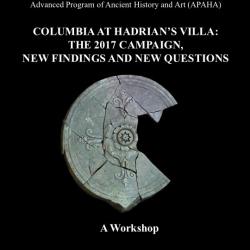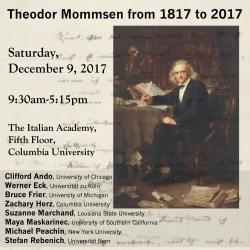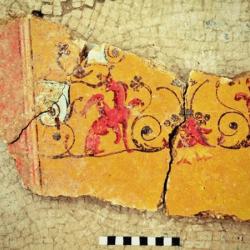The Dionysian Poetics of Seneca’s Oedipus
Seneca augments the Sophoclean kernel of his Oedipus, from the start, not only with a Bacchic dimension generally but also, more specifically, with allusions to the tragedy of Agave and Pentheus as it was presented in Euripides’ Bacchae. In his final scenes, Seneca vividly stages the culmination of the multilayered nightmarish effects he has created, over the tragedy’s course, by adding Dionysiac and underworldly dimensions to the Apollonian foundation of Oedipus’ story as it was made most famous by Sophocles. For the dramatic finále of Oedipus, Seneca employs tragic contaminatio, blending elements from the closing scenes of Euripides’ Bacchae with those of his primary model, Sophocles’ Oedipus Tyrannus. Through a kind of allusive metamorphosis, the Bacchus-inspired madness of the earlier tragedy’s mother and son pair is partially and temporarily transferred to the figures of Jocasta and Oedipus, thus further ensuring that Seneca’s characters both meet their required fates. Find more information here.









